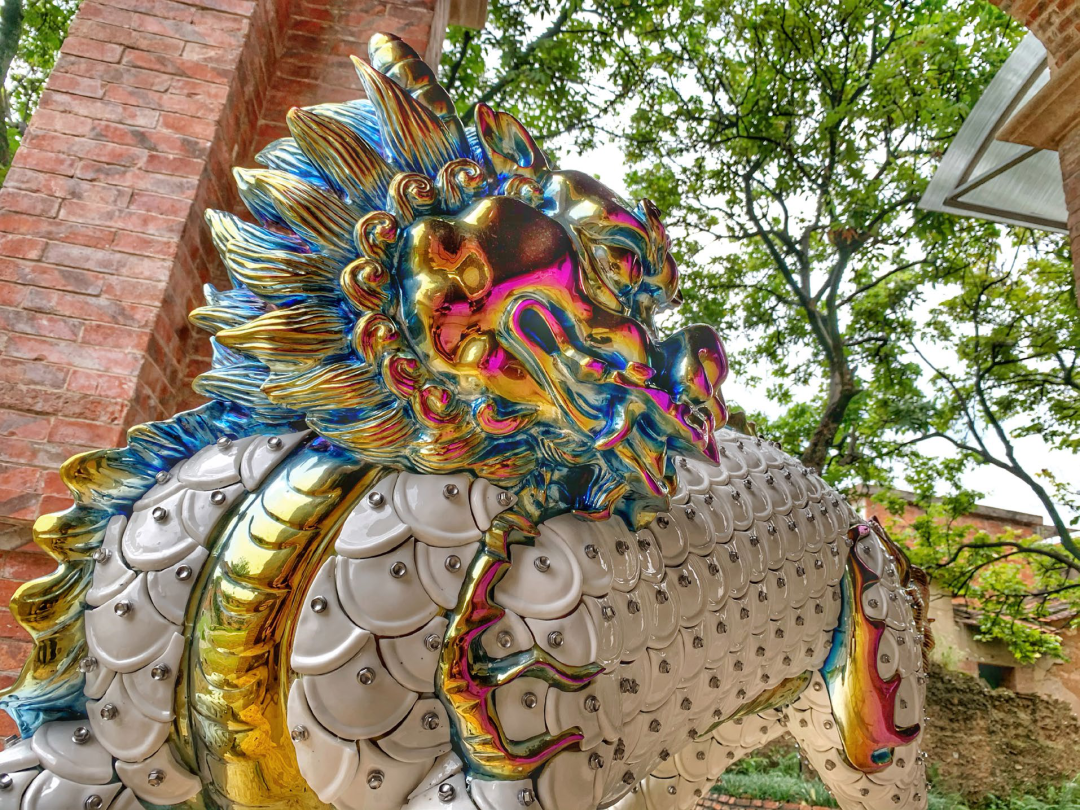Gallery Dynamic
Artist|"Kylin·Time and Time·Jasminum grandiflorum"-Phoenix Art Interview with Artist Wu Daxin
2021.02.04
Artists
Wu Daxin
Wu Daxin was born in Quanzhou, Fujian Province, China in 1969, graduated from Foreign language Department of Huaqiao University in 1992. In the same year studied in Japan, studying with Yamaguchi, a professor specializing in Japanese art history. In 2001, Wu Daxin moved to United States, studied video art technology in the City University in New York, and graduated in 2007. Currently living and working in New York and Beijing.
In Wu’s work, Eastern and Western cultural resources were grasped and skillfully applied, which turned out to be an interesting visual presentation through transplant and juxtaposition, and quietly penetratesand melts into each other in the process of superposition. The splicing of symbols in different cultures not only reflects the reality, but a way of discourse in Wu’s work. It directly corresponds and measures the changes of reality, which posing a vivid, strange and confounding image of contemporary China.
In Wu’s work, Eastern and Western cultural resources were grasped and skillfully applied, which turned out to be an interesting visual presentation through transplant and juxtaposition, and quietly penetratesand melts into each other in the process of superposition. The splicing of symbols in different cultures not only reflects the reality, but a way of discourse in Wu’s work. It directly corresponds and measures the changes of reality, which posing a vivid, strange and confounding image of contemporary China.
Learn more >




